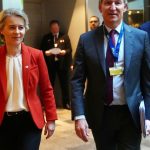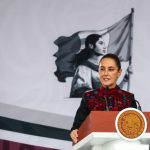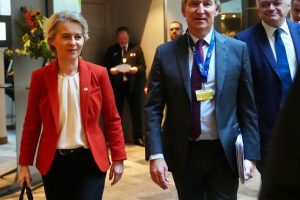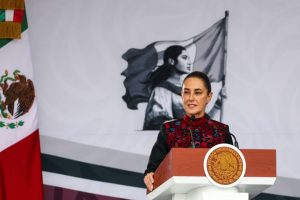Since 2018, the National Authority for Environmental Licenses (Anla) has approved project licenses for 4,272.7 megawatts (4.2 gigawatts) from Non-Conventional Renewable Energy Sources (Fncer). These are 21 projects between solar and wind that have received approval from their Environmental Impact Studies (EIA) with which they could start their construction.
It should be noted that within these projects there are some large ones such as Guajira II, from Isagen, with 414.4 megawatts of installed capacity; followed by Enel’s Guayepo solar park with a capacity of 400 megawattshowever, a modification is also currently being evaluated at this time.
(They create an investment fund to promote energy efficiency).
Once with the license, the companies can begin the construction process to put their parks into operation.
According to information from ANLA, they also have six other projects, five in search of the license and Guayepo which is currently under evaluation.
The new licenses that are being analyzed add 1,500 megawattsalthough a 500 kilovolt transmission line from Celsia is also being considered that will connect the Camelias wind farms (which has a generation capacity of 330 megawatts) with the substation little hills.
(‘We propose to the Government two actions to alleviate bills’).
Despite this, some projects have had difficulties in presenting the Environmental Impact Study. Especially these are related to the achievement of prior consultations with ethnic communities in the impact areas of the works.
For example, the Collector transmission line, under construction by Bogota Energy Group (GEB) it has not achieved all prior consultations with the more than 220 communities. In addition to this, they have recently been ordered to consult with 13 other communities, with which its license process could be delayed even more, according to Juan Ricardo Ortega, president of the company, explained.
In this way, the Group expects that this infrastructure can enter the system in 2024, after submitting the complete consultations.
(VGMovility seeks the massification of the electric bus business).
The difficulty has also been faced by other works such as wind farms alpha and Betawhich will be the largest in the country once they are in operation, thanks to its capacity of 492 megawatts.
Although the projects were licensed, the connection line that joins these with the Cuestecitas substation was archived by ANLA.
Regarding this issue, the company sent a letter to the Ministry of Mines and Energyin which he pointed out the difficulties of carrying out these processes.
(Latin America, close to being a giant in renewable energy).
On the other hand, it should be noted that the arguments of the environmental authority specified, among other things, gaps and weaknesses in the information in the application.
In a past interview with Portafolio, Rodrigo Negrete, director of ANLA, explained that “We are also concerned because this issue of renewable energy does not necessarily mean that there are no socio-environmental conflicts”.
Additionally, they stated that they are concerned that these activities, without proper management by the companies, could lead to a new type of extractivism.
(The reliability of the gas supply is reinforced).
From 2018 to date, this is the only procedure for non-conventional sources of renewable energy that has been archived. The other project that has already finished is the Trupillo wind farm, promoted by Eólico Las Velas, which would be located in Uribia and which asked ANLA for early termination.
Rodrigo Negrete, director of the National Authority for Environmental Licenses (Anla)In a past interview with Portafolio, he explained that the entity is working on a reform of this process.
According to Negrete, “the environmental licensing procedure itself was reduced in a way that goes against the rigor”.
(The three new members who would join the Ecopetrol board).
For this reason, the director’s objective is to take it to reasonable times to recover that rigor.
He pointed out that they are also working “so that people who wish to participate in these processes feel the full guarantee that I know that all the obstacles that limit participation are being removed”.
DANIELA MORALES SOLER
Journalist Portfolio






![[Img #74676]](https://thelatestnews.world/wp-content/uploads/2024/12/Laser-artificial-neuron-150x150.jpg)







